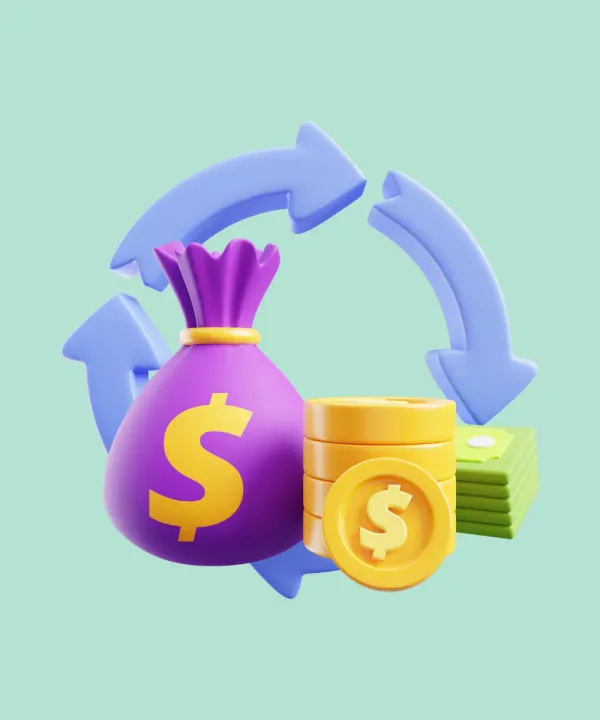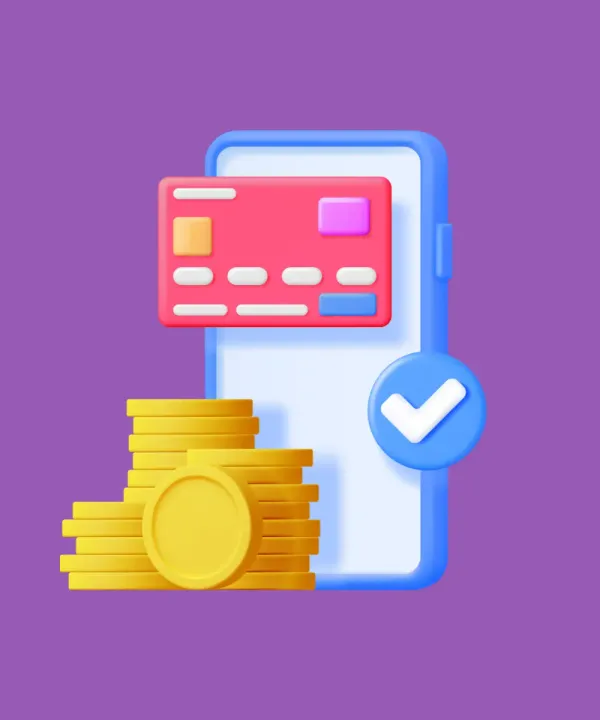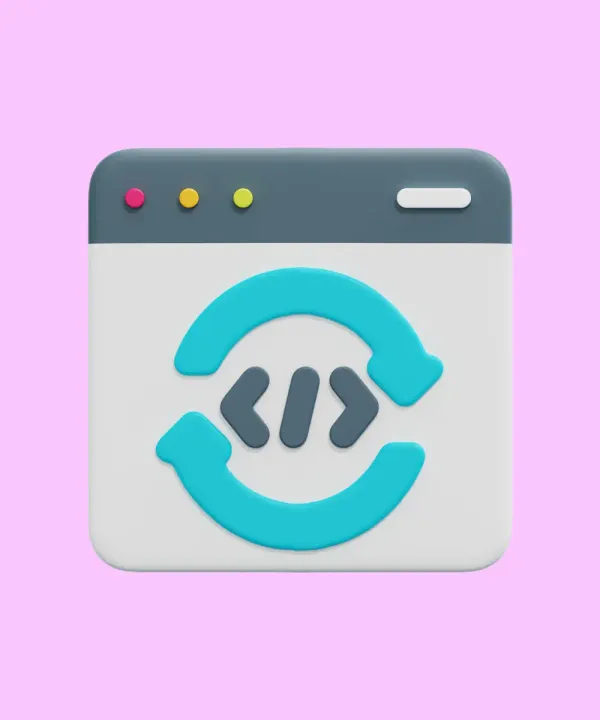In 2024, the finance industry is witnessing an unprecedented surge in innovation, primarily fueled by the rapid evolution of fintech. Startups around the globe are capitalizing on emerging technologies to solve complex financial problems, making services more accessible, efficient, and secure. With the global fintech market projected to grow at a compound annual growth rate (CAGR) of approximately 23.58% from 2021 to 2025, reaching a market value of over $324 billion by 2026, the opportunity for startups in this space has never been more significant. This article aims to guide startups by highlighting viable finance app ideas, underpinned by current trends and proven success stories, to navigate this booming market effectively.
Fintech App Industry Overview
The fintech app industry has experienced remarkable growth, driven by technological innovation, changing consumer demands, and evolving regulatory environments. As digital transformation reshapes traditional banking and financial services, fintech startups are at the forefront, offering seamless, efficient, and personalized financial solutions.
Key growth drivers:
- Digital demand: Consumers now expect quick, easy access to financial services, anytime and anywhere. Fintech apps meet this demand with user-friendly designs and innovative features.
- Technological advancements: Cutting-edge technologies like AI, blockchain, and data analytics empower fintech apps to offer secure, transparent, and customized financial experiences.
- Regulatory support: Policies such as open banking encourage competition and innovation by enabling fintechs to access banking data and develop new services.
- Financial inclusion: Fintechs are expanding access to financial services for the unbanked and underbanked populations, leveraging mobile technology to reach remote areas.
Investment in fintech is robust, signaling strong confidence in the sector's potential. Collaborations between fintech startups and traditional banks are becoming more common, merging innovation with scale and trust. This points to a future where financial services are more integrated, accessible, and personalized, offering significant opportunities for startups in the fintech space.
Top Trends in Fintech Industry
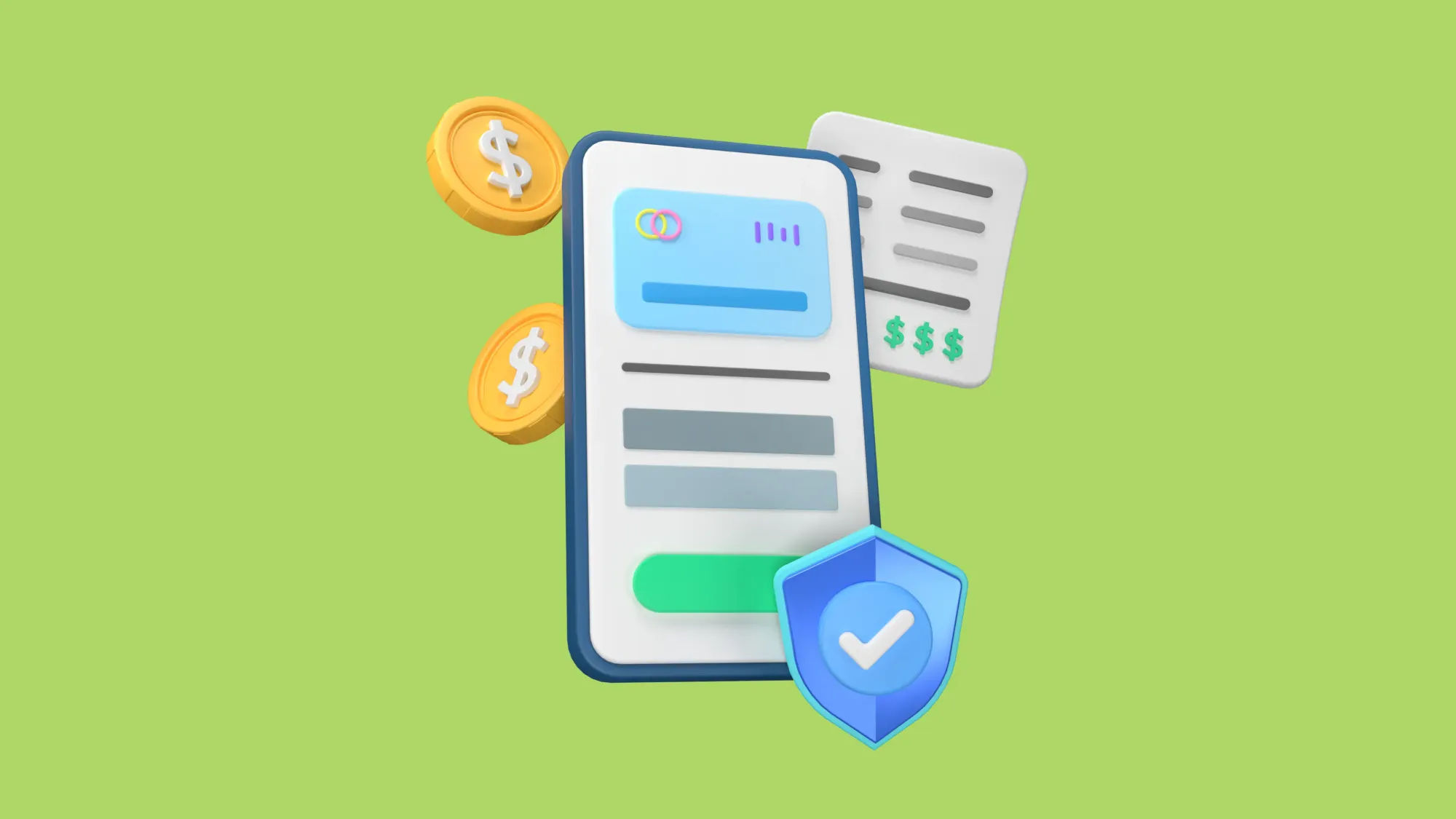
The fintech industry is characterized by rapid innovation and disruption, with several key trends shaping its evolution in 2024. These trends not only reflect technological advancements but also changing consumer expectations and regulatory landscapes. Here's a concise overview of the top trends in the fintech industry:
- Blockchain and cryptocurrency integration: Beyond the hype, blockchain technology and cryptocurrencies are providing real-world value in fintech. They offer secure, transparent, and efficient ways to conduct transactions, reducing fraud and enabling faster cross-border payments. The rise of decentralized finance (DeFi) platforms showcases the growing acceptance of these technologies in mainstream finance.
- Artificial intelligence and machine learning: AI and ML are at the heart of personalizing financial services. They enable advanced credit scoring, personalized investment advice, and automated customer service through chatbots. These technologies are also crucial in detecting and preventing fraud by analyzing transaction patterns in real-time.
- Rise of neobanking: Neobanks, or digital-only banks, are on the rise, providing customers with fast, mobile-first banking solutions. These platforms offer a range of services including budgeting tools, instant payments, and low-cost international transactions, appealing particularly to tech-savvy consumers and those seeking alternatives to traditional banking.
- Regulatory technology (RegTech): As financial regulations become more complex, fintech startups are leveraging RegTech to streamline compliance processes. This includes automated reporting, risk management tools, and KYC (Know Your Customer) solutions that help financial institutions adhere to regulations efficiently and cost-effectively.
- Open banking: Powered by regulations such as PSD2 in Europe, open banking fosters innovation by allowing third-party developers to build apps and services around financial institutions. This trend encourages collaboration between banks and fintech startups, leading to more integrated and convenient financial services for consumers.
- Financial inclusion: Fintech is playing a pivotal role in bridging the gap for unbanked and underbanked populations by offering accessible financial services. Mobile money solutions, microfinance apps, and digital wallets are examples of how fintech is promoting financial inclusion globally.
- Cybersecurity focus: With the increasing digitization of financial services, cybersecurity has become paramount. Fintech companies are investing in advanced security measures, including biometric authentication, encryption, and blockchain, to protect against data breaches and cyber threats.
App Ideas for Fintech Startups
Expanding on fintech app ideas for startups involves delving into specific, innovative concepts that address current market needs, leverage emerging technologies, and anticipate future financial trends. Here are expanded fintech app ideas accompanied by examples to inspire fintech startups in 2024:
Personal finance management (PFM) apps
- Idea: Develop apps that offer users comprehensive tools to manage their finances, including budgeting, expense tracking, and investment advice. Incorporating AI can provide personalized financial insights and recommendations. Integrate machine learning algorithms to analyze users' spending habits, predict future expenses, and offer savings recommendations. These apps could also provide “what-if” scenarios, helping users understand the impact of financial decisions before making them.
- Example: PocketGuard utilizes AI to categorize expenses and identify recurring bills and subscriptions, providing users with insights on where they can cut costs and save money.

Blockchain-based payments
- Idea: A blockchain-based payment app that not only facilitates cryptocurrency transactions but also offers currency exchange, smart contracts for automatic payments, and secure wallet services. By integrating with traditional banking systems, it could allow users to effortlessly switch between fiat and cryptocurrencies, enabling payments and transfers across a global platform without the need for intermediaries, significantly reducing transaction times and costs.
- Example: Ripple offers a blockchain-based payment protocol that enables fast and secure international money transfers between banks.

Customized InsurTech platforms using IoT data
- Idea: An insurance platform that employs IoT data, such as from smart homes and wearable devices, to offer dynamic pricing models and personalized insurance packages. The app could feature instant claim processing through image recognition and AI analysis, a user-friendly dashboard for tracking policy details, and gamification elements that reward users for healthy and safe behaviors with premium discounts or perks.
- Example: Lemonade uses AI to process claims and determine premiums, offering a fast, user-friendly insurance experience.

Socially responsible investing (SRI) platforms
- Idea: Create investment platforms that focus exclusively on socially responsible and ethical investing. These platforms can use AI to screen investments based on environmental, social, and governance (ESG) criteria, helping users invest in companies that align with their values.
- Example: Betterment offers socially responsible investment portfolios, allowing users to invest in companies with strong ESG practices.
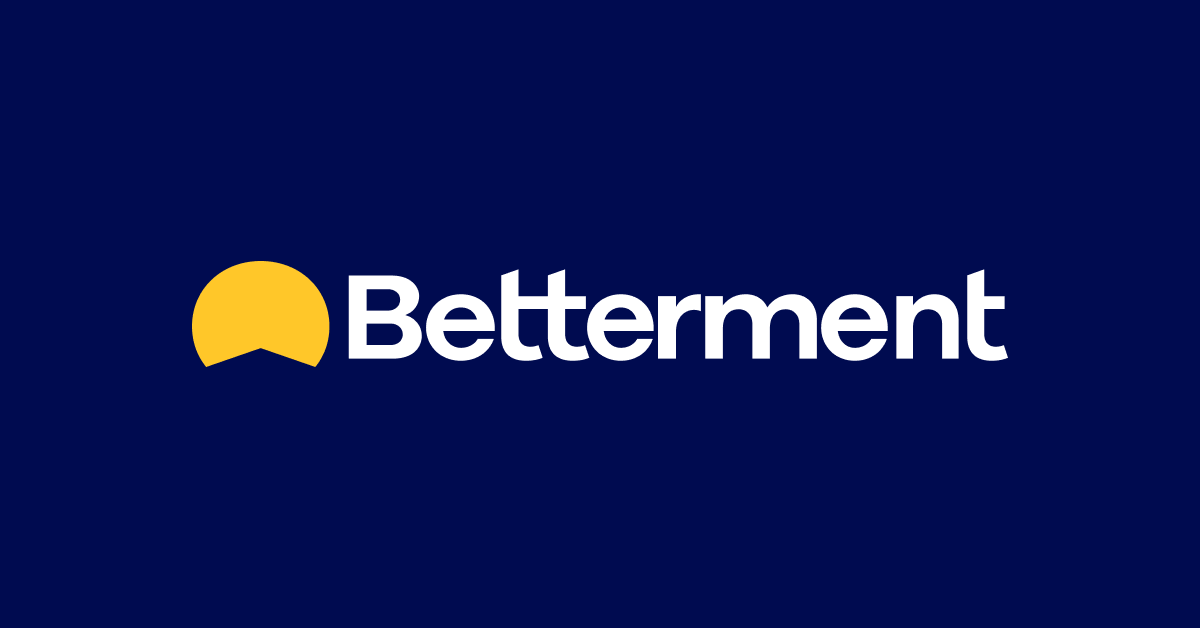
RegTech solutions
- Idea: A comprehensive compliance platform that offers real-time monitoring, reporting, and analytics across multiple jurisdictions for financial institutions. Leveraging AI and blockchain, it could automate the compliance process, from KYC checks and anti-money laundering (AML) to monitoring transactions for suspicious activities. The platform could also offer predictive analytics to forecast regulatory changes and assess their impact on operations, ensuring that businesses remain ahead in compliance management.
- Example: Elliptic provides blockchain analytics for crypto compliance, helping businesses detect and prevent illicit activity in cryptocurrency transactions.
.png)
Digital wallets with multi-currency support
- Idea: With the increase in global travel and online shopping, there’s a demand for digital wallets that can hold multiple currencies, including cryptocurrencies, and automatically convert them at the point of transaction using real-time exchange rates.
- Example: Revolut offers a digital banking app with multi-currency digital wallet features, allowing users to hold and exchange multiple currencies at interbank exchange rates.
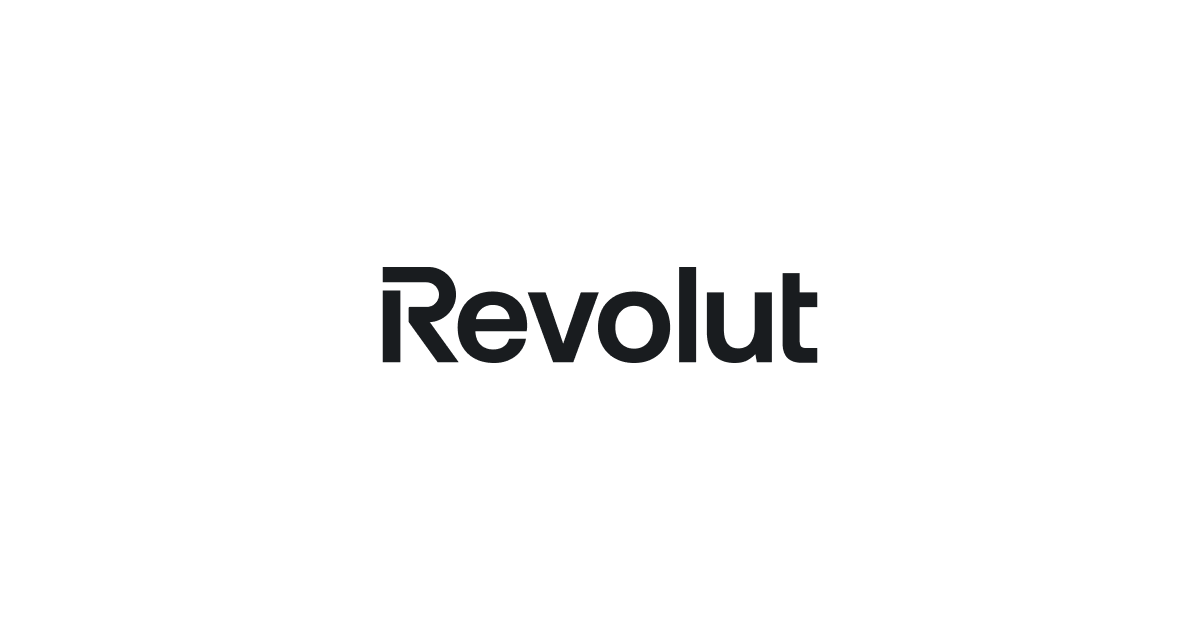
Financial planning apps for gig economy workers
- Idea: Develop apps tailored to the needs of freelancers and gig economy workers, offering features like tax estimation and savings, invoice and payment management, and financial forecasting to help them manage irregular income streams.
- Example: QuickBooks Self-Employed provides tax calculations, expense tracking, and invoice management, catering specifically to freelancers and independent contractors.
Decentralized finance (DeFi) platforms
- Idea: Create user-friendly DeFi platforms that bridge the gap between traditional finance and decentralized applications (dApps). These platforms could offer services like decentralized lending, borrowing, and interest-earning accounts without the complexity typically associated with blockchain technology.
- Example: Compound offers a decentralized protocol on the Ethereum blockchain that lets users lend or borrow cryptocurrencies, earning interest or paying interest respectively.
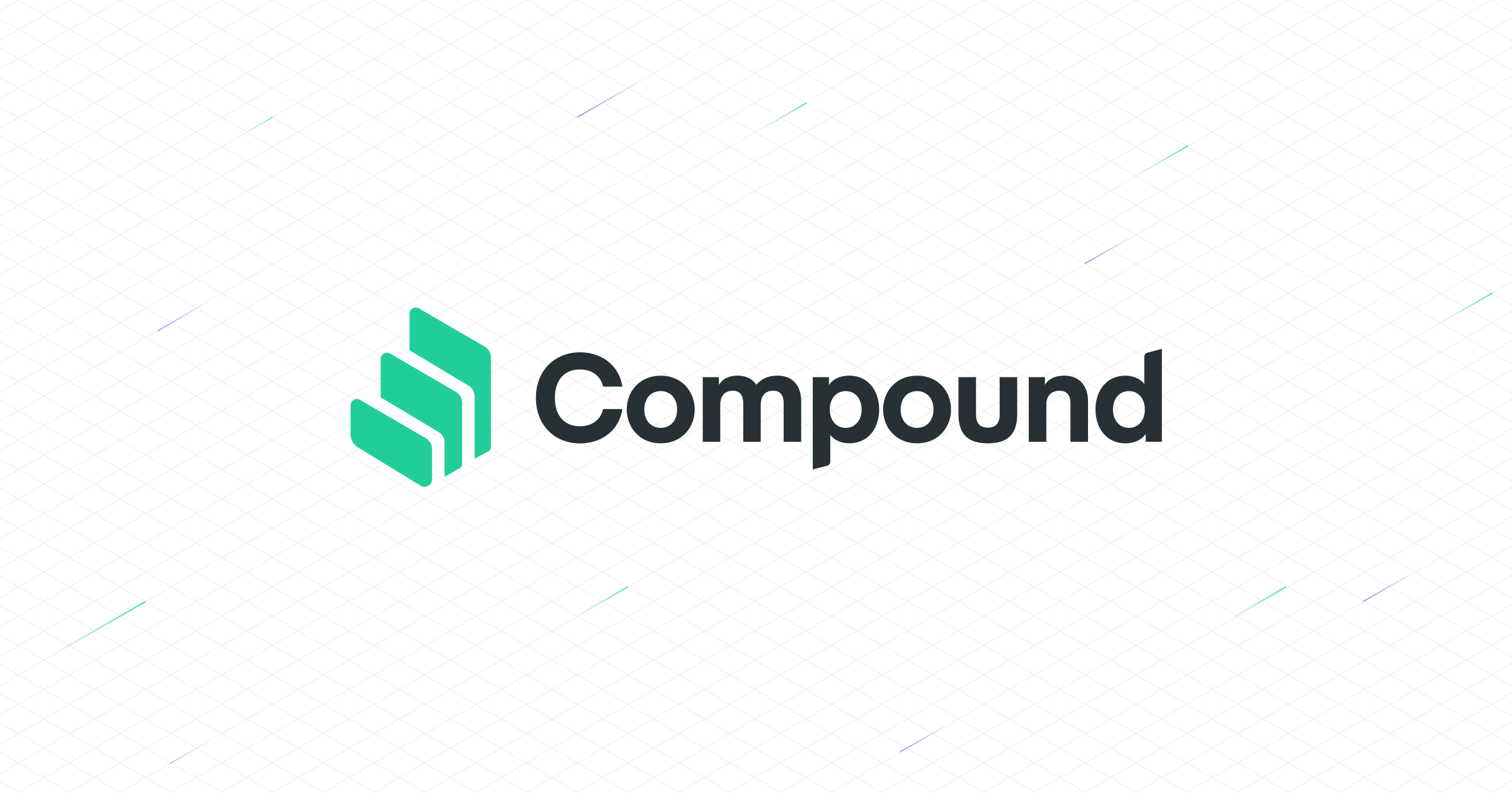
Common Features for Fintech Apps
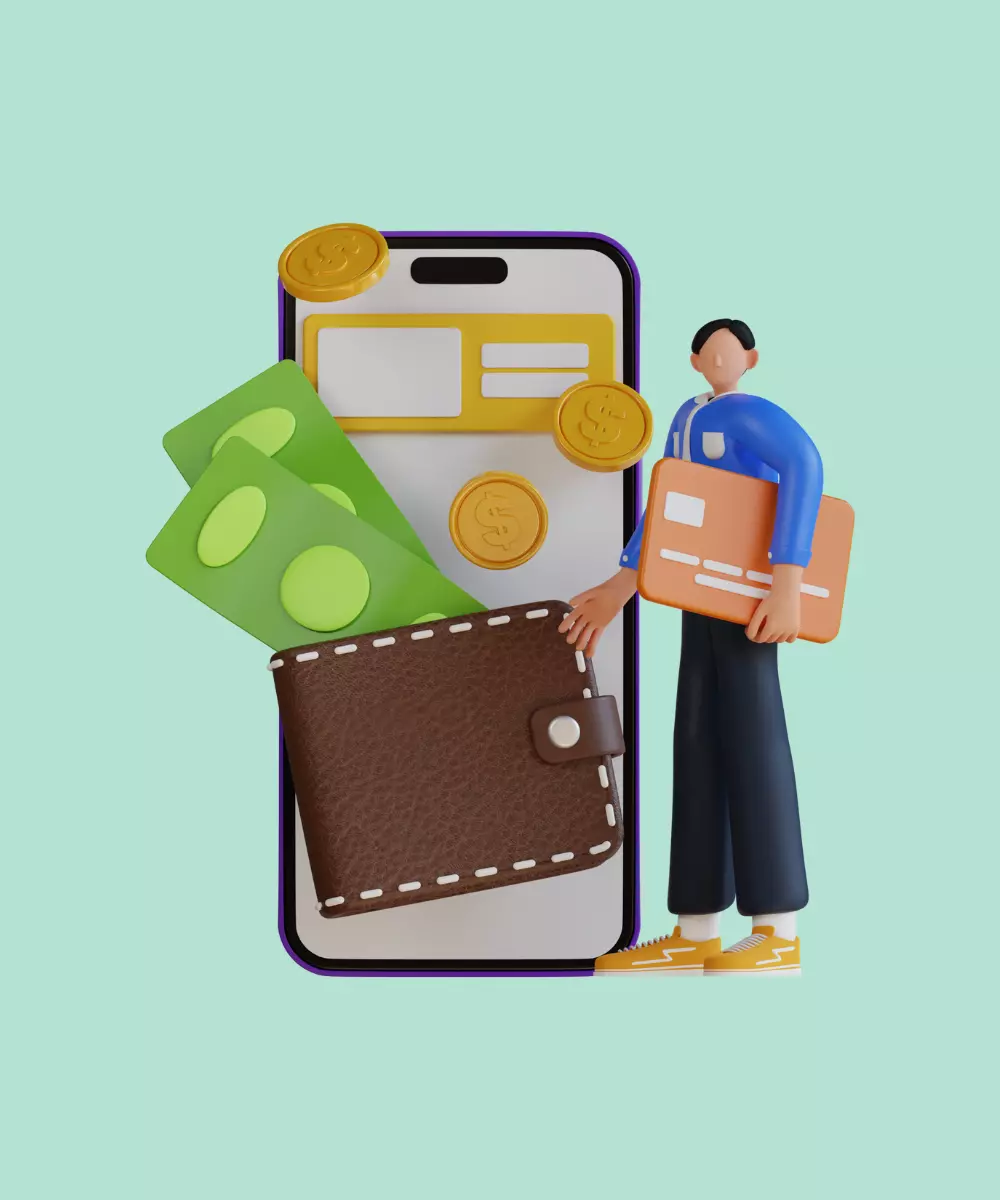
To ensure competitiveness and user satisfaction, fintech apps must integrate a set of common features that cater to security, convenience, and personalization needs. Below is a concise table summarizing the common features for fintech apps, focusing on their purpose and benefits:
| Feature | Purpose | Benefits |
|---|---|---|
| User Authentication and Security | Secure login and data protection | Enhances security, protects user data |
| Personalized Dashboards | Customized financial overview | Improves usability, aids quick decision-making |
| Payment and Transfer Capabilities | Facilitate transactions and transfers | Offers convenience, reduces fees |
| Investment and Savings Tools | Assist in financial growth and planning | Encourages savings, provides investment guidance |
| Customer Support and Education | Provide assistance and learning resources | Enhances service, promotes financial literacy |
| Notifications and Alerts | Inform about account activity and reminders | Keeps users informed, enhances account security |
| API Integrations | Extend app functionality with third-party services | Creates a comprehensive financial ecosystem |
| Regulatory Compliance | Ensure adherence to financial laws and regulations | Builds trust, ensures app legality and credibility |
Here's an expanded look at these essential features, crucial for the success of any fintech applications:
User authentication and security
- Biometric authentication: Implement fingerprint scanning, facial recognition, or voice recognition to provide users with a secure and convenient login method, enhancing security without compromising user experience.
- Two-factor authentication (2FA): An additional layer of security that requires not only a password and username but also something that only the user has on them, i.e., a piece of information only they should know or have immediately to hand - such as a physical token.
- Encryption and data protection: Employ state-of-the-art encryption techniques for data at rest and in transit, ensuring that user data and financial transactions are protected from cyber threats.
Personalized dashboards
- Customizable interfaces: Allow users to personalize their dashboard to display their most frequently used features or preferred information, enhancing the app's usability and engagement.
- Real-time financial overview: Provide a comprehensive overview of the user's financial status, including account balances, recent transactions, and financial insights, helping users make informed decisions quickly.
Payment and transfer capabilities
- Seamless bank integration: Facilitate smooth integration with a wide range of banks and financial institutions, enabling users to link their accounts and cards for easy management within the app.
- Instant transfers: Offer real-time payment and money transfer capabilities, including P2P transfers, bill payments, and international transactions, with minimal fees and hassle.
Investment and savings tools
- Automated savings plans: Implement features that allow users to set up automatic savings plans based on their spending habits and financial goals, encouraging regular savings.
- Robo-advisory services: Integrate AI-driven investment advice and portfolio management services, offering personalized investment strategies and helping users diversify their investments.
Customer support and education
- 24/7 customer service: Provide round-the-clock customer support through live chat, phone, and email, ensuring users can get help whenever they need it.
- Financial literacy resources: Offer access to educational materials, tutorials, and workshops to help users understand financial concepts, improve their financial health, and make more informed decisions.
Notifications and alerts
- Customizable notifications: Enable users to set up and customize alerts for various activities and events, such as unusual account activity, bill due dates, and low balance warnings, helping them stay informed and react promptly.
API Integrations
- Third-party Services Integration: Allow for the integration of third-party services through APIs, enabling features such as insurance, investment, and financial planning services within the app, providing a comprehensive financial ecosystem.
Regulatory compliance
- Compliance and reporting tools: Incorporate tools and features that ensure the app remains compliant with local and international financial regulations, including GDPR, PSD2, and KYC/AML laws, building trust and credibility among users.
Conclusion
In conclusion, the fintech sector in 2024 is ripe with opportunities for startups eager to innovate and redefine financial services. The rapid adoption of technologies like blockchain and AI, coupled with growing consumer demand for digital financial solutions, presents a fertile ground for launching impactful fintech applications. Success in this vibrant industry hinges on delivering secure, user-friendly, and innovative services that meet the evolving needs of users.
Flutter, with its fast development cycle, versatile UI toolkit, and cross-platform capabilities, is an excellent choice for fintech companies looking to rapidly deploy and iterate their applications. The future of fintech is bright, yet challenging. Startups that innovate while staying user-centric, agile, and leveraging the strengths of platforms like Flutter will thrive. The potential to impact financial well-being and business efficiency worldwide is immense, offering a rewarding journey for those ready to innovate.
Embark on your fintech journey with What the Flutter and seize the opportunity to shape the future of financial services. Contact us today to explore how we can support your startup in developing a fintech app that stands out in the competitive market of 2024. Let's innovate together, creating solutions that drive financial inclusion, efficiency, and growth.














